Mapping contemporary sculpture parks in Europe
An accurate selection of the best sculpture parks in Europe and why you should visit them, especially if you’re an art collector.
You may find our list of European sculpture parks of some help. Particularly if you’re the kind of art driven traveller who enjoys making art discoveries instead of being discovered by art. As you will see some of the sculpture parks are private, but accessible to the public, and some are public, but not always open. Please check before going there and make your reservation if required. Also don’t forget that, whether you’re a private collector or a public institution, buying outdoor sculptures and having your own sculpture park is probably not so simple. These pieces are expensive, difficult to handle, often demanding in terms of preservation. On top of this works are obviously not as liquid as a painting. Nevertheless, this can be considered indeed the purest kind of art collecting.
Kröller-Müller Museum in Arnhem, Netherlands, is not only the second-largest collection of pieces by Vincent Van Gogh in the world (it owns 90 paintings and over 180 drawings). It is also one of the main sculpture parks gathering together more than 160 artworks by masters such Aristide Maillol, Jean Dubuffet, Jean Arp, Jacob Epstein, Lucio Fontana, Arturo Martini. It also houses contemporary masters such as Dan Graham, and Pierre Huyghe, Giuseppe Penone and Miroslaw Balka.
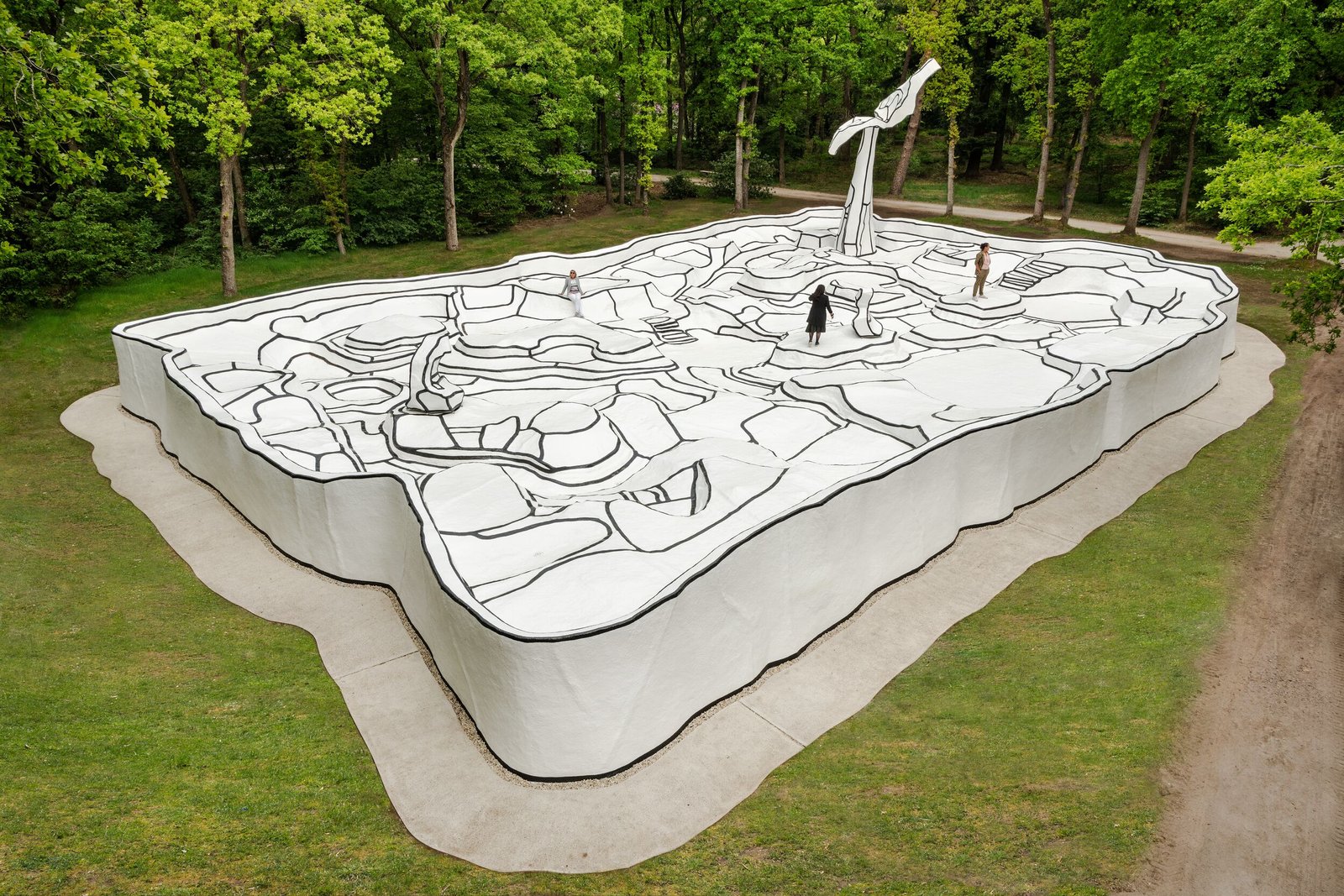
Louisiana Museum of Modern Art, Denmark, opened in 1958 and includes architecture, design, photography, and films. The old villa originally bought to the museum by its founder Knud W. Jensen has been extended seven times since then. Today it is an art place with a bold personality open to contemporary creativity and devoted to its own cultural role. The museum’s sculpture park is by the sea, and it includes almost 60 pieces. Alberto Giacometti, Max Bill, Joan Mirò, Dan Graham, and Richard Serra are among the names here represented. The Calder terrace is breath-taking during rainy days.
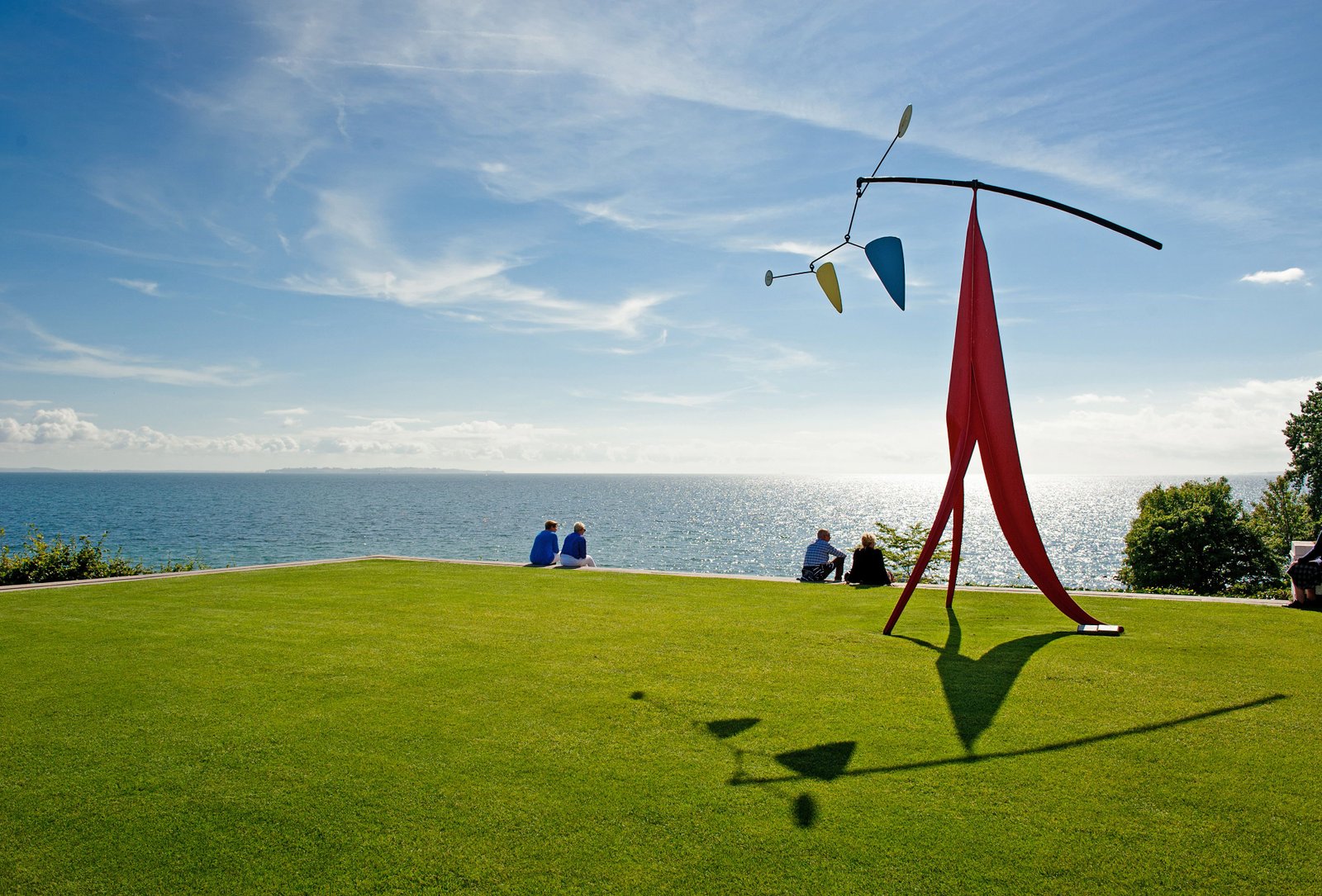
Rossini Art Site is located on a peaceful hill overlooking the Pre-Alps, only 40 kilometers away from Milan. It houses the art collection of entrepreneur and art patron Alberto Rossini, which includes monumental pieces by renowned Italian as well as international artists such as Fausto Melotti, Pietro Consagra, Gio Pomodoro, Fausto Melotti, Pietro Cascella, Giulio Turcato, César, Jean Tinguely, Dennis Oppenheim, Erik Dietman, Franz Staehler. You access the ten-hectare sculpture park via the Pavilion, a glass structure designed by New York architect James Wines, which indeed embodies the philosophy of this place where art, architecture and design harmoniously merge with the surrounding landscape.

Middelheim Open Air Sculpture Museum, in Antwerp, Belgium, is part of the Nachtegalen Park and its collection derives from the Middelheim Biennial, which was held in the park between 1951 and 1989. There are 215 sculptures on display on an area of 40 acres, including artists such as August Rodin, Jean Arp, Giacomo Manzù, Max Bill, Luciano Fabro, Franz West, Matt Mullican, Isa Genzken, Pedro Cabrita Reis. Thanks to the museum’s supporters, the collection is growing year by year. As most of the other sculpture parks in Europe, the Middelheim Museum has inspiring activities for kids.
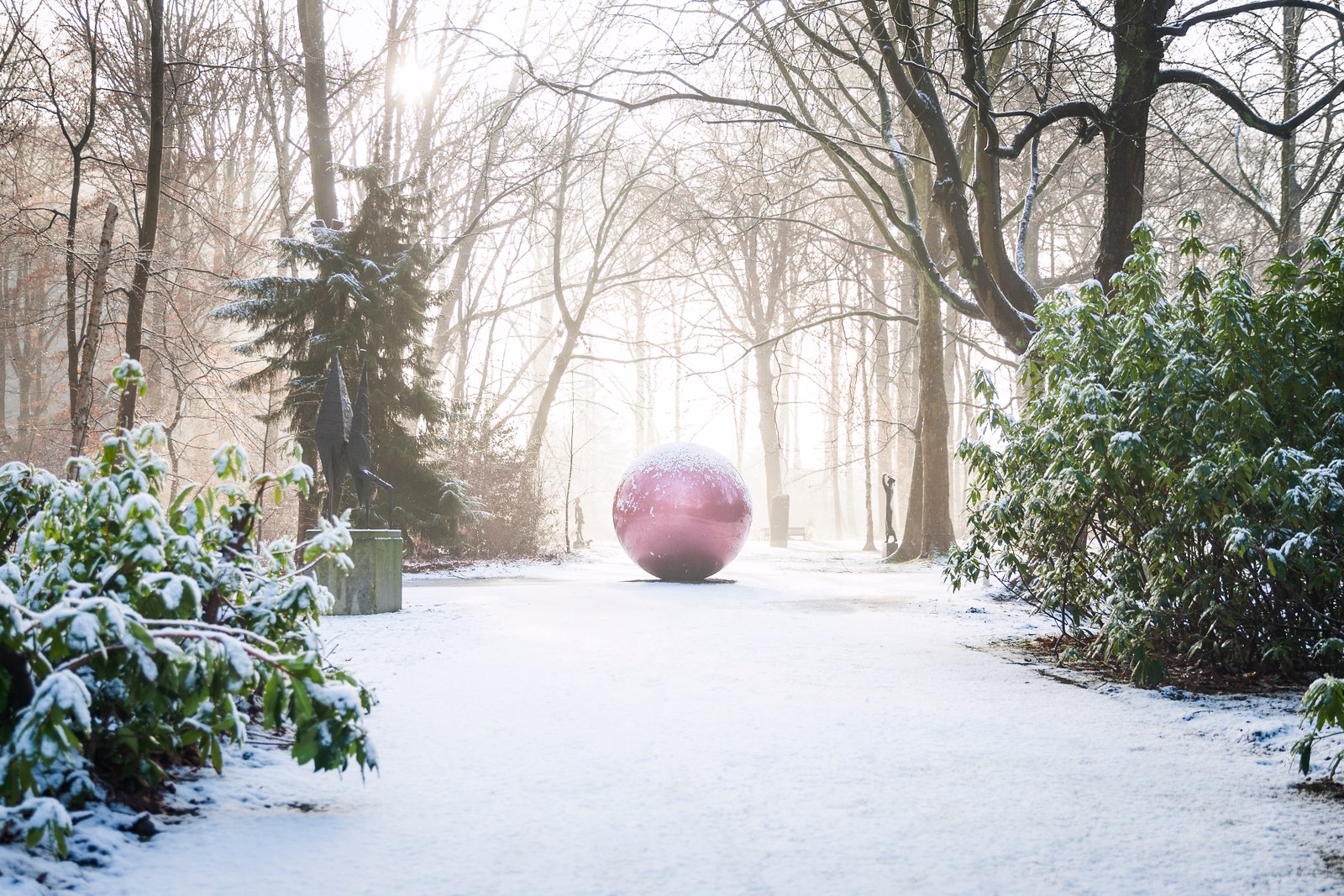
Domaine du Muy sculpture park was opened by art dealer Jean-Gabriel Mitterrand and his son Edward in summer 2015. This astonishing open air collection is located in Provence, approximately 20 km south of Draguignan and only half an hour’s drive from St. Tropez. The 10 hectares property, that is not a garden but a wild piece of Mediterranean forest, hosts almost 40 outdoor pieces. It includes works by Tomás Saraceno, Yayoi Kusama, Sol LeWitt, Claudia Comte, Atelier Van Lieshout, Dan Graham, Niki de Saint Phalle, Carsten Höller, Carlos Cruz-Diez. The Domain de Muy is empowering an area already rich of seminal art institutions such as the Fondation Maeght (see below).
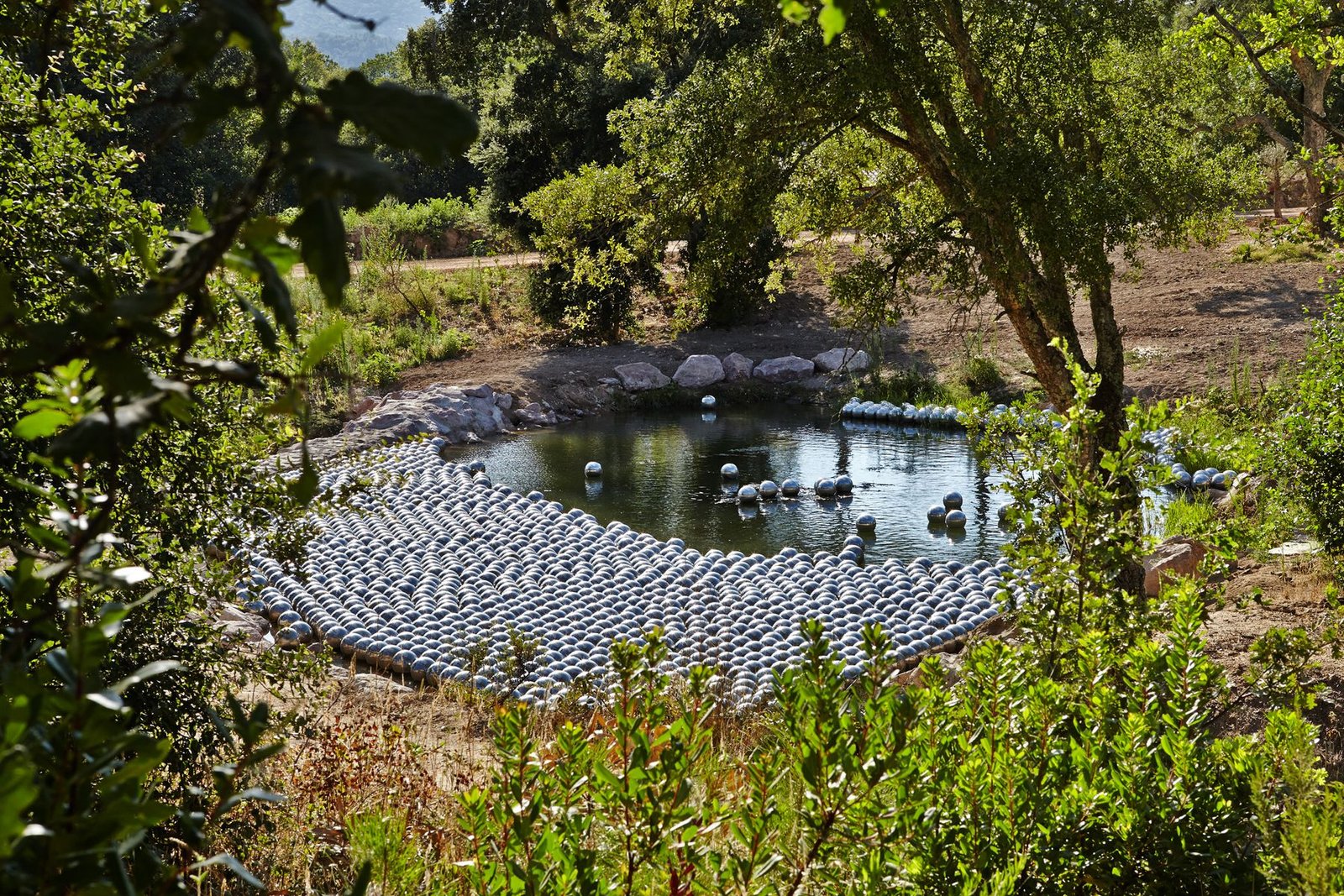
Fondation Marguerite and Aimé Maeght, in Saint Paul de Vence, officially opened to the public on 28th July 1964, when the nieces of the leading couple of art dealers gave to André Malraux, France Minister of Culture at that time, the keys of their grandparents’ villa. Designed for the Maegths in 1956 by Spanish architect Josep lluis Sert, it houses a unique collection of masterpieces by the artists the Maeghts were representing. These artists were Jean Arp, Alexander Calder, Marc Chagall, Georges Braque, just to mention a few. A courtyard is dedicated to Alberto Giacometti, here represented by four outstanding bronze sculptures (L’Homme qui marce I et II, Grande tete I, and Grand femme debout). Joan Mirò designed the villa’s labyrinth, that includes one of the artists’ sculpture masterpiece, Le Grand Arc.
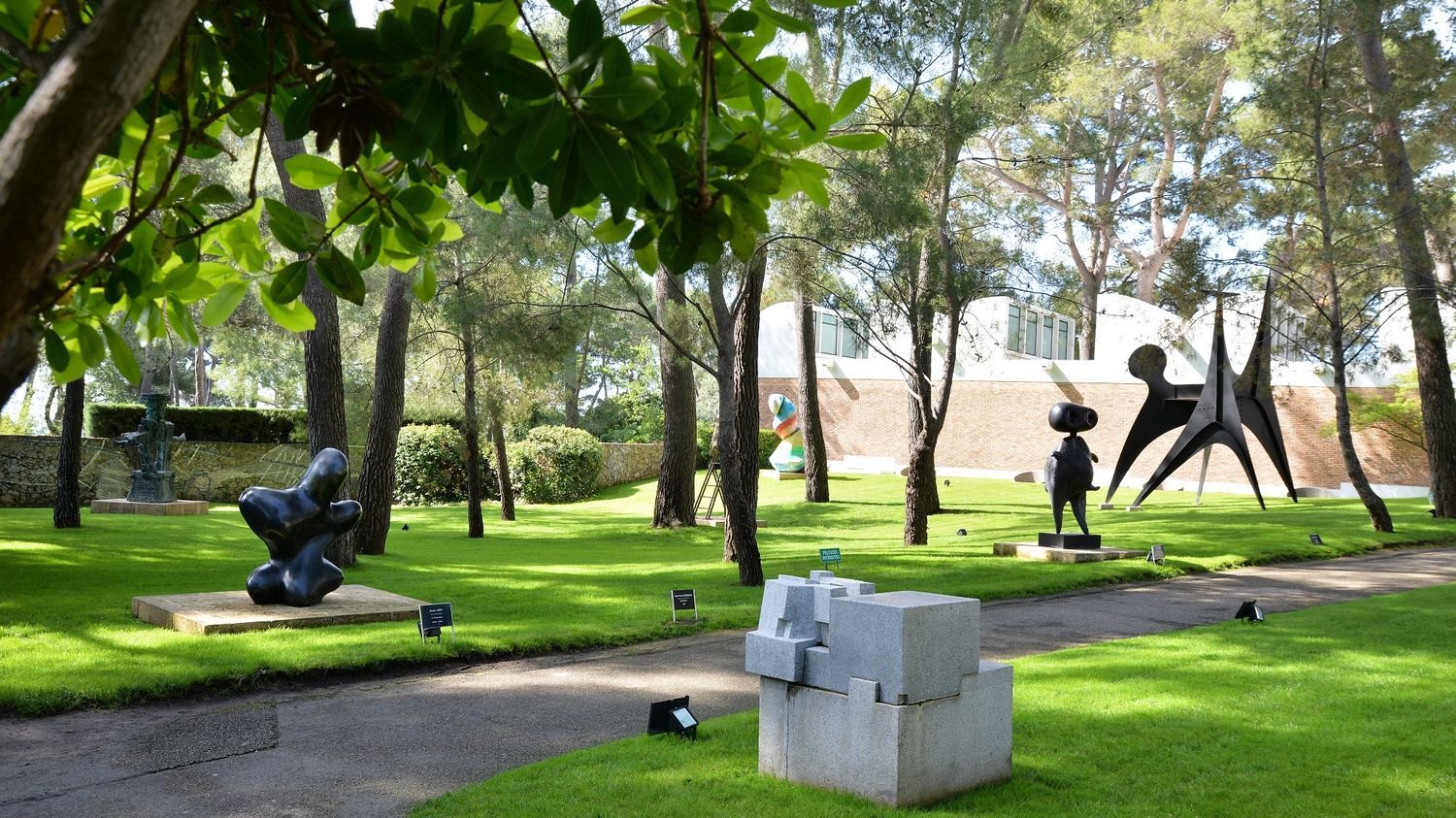
Giardino dei Tarocchi, Capalbio, in the province of Grosseto, Tuscany, was made between 1979 and 1996 by Niki De Saint Phalle and Jean Tinguely, both early members of the Nouveau Realisme group. It is one of the few sculpture parks in the world entirely dedicated to a single artist. It is located in an abandoned quarry donated by the Caracciolo family to the Italian Government during the 90s. Both Parque Guell in Barcelona and the Bomarzo garden in Viterbo have influenced the artist, who took inspiration from the tarot cards and created 22 bold sculptures made out of steel, concrete and broken glasses. It is a must visit with kids, or alone.
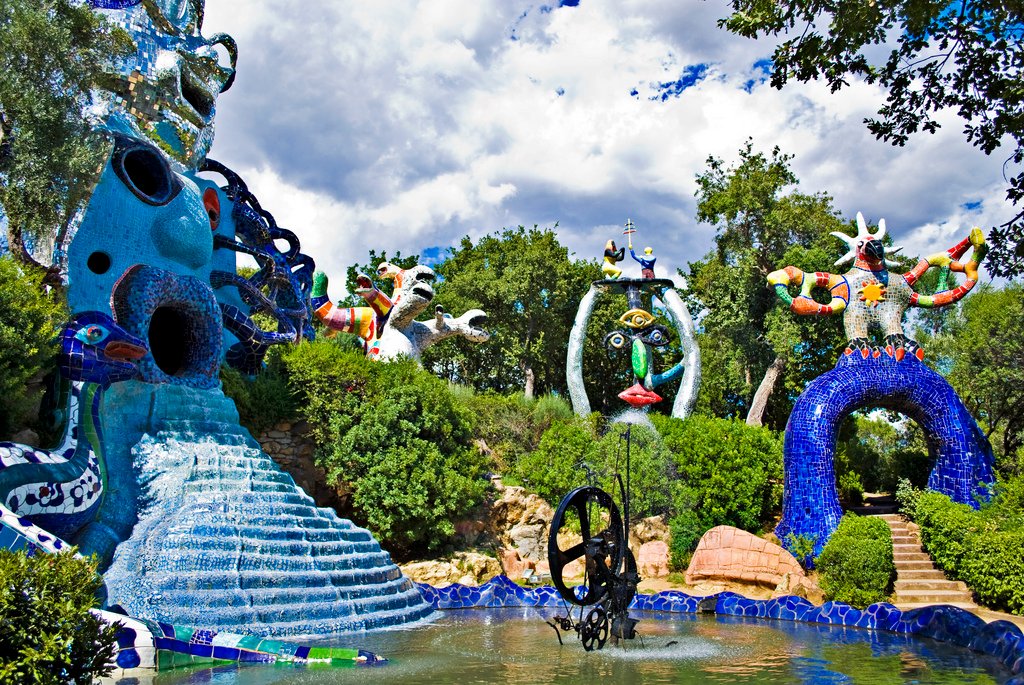
Austrian Sculpture Park, Graz, was designed by landscape architect Dieter Kienas. It houses more than 60 sculptures by Austrian and international artists, including Fritz Wotruba, Franz West, Jeppe Hein, Tobias Rehberger, Erwin Wurm, and Yoko Ono. The sculpture park covers an area of 7 hectares, just few kilometres south of Graz. The Park also hosts an ‘Artist in Residence program’, thereby each year national or international artists are invited to spend some time in the park. This not only enlarges the permanent collection, but also offers artists the opportunity to further explore how landscape influences the experience of art.
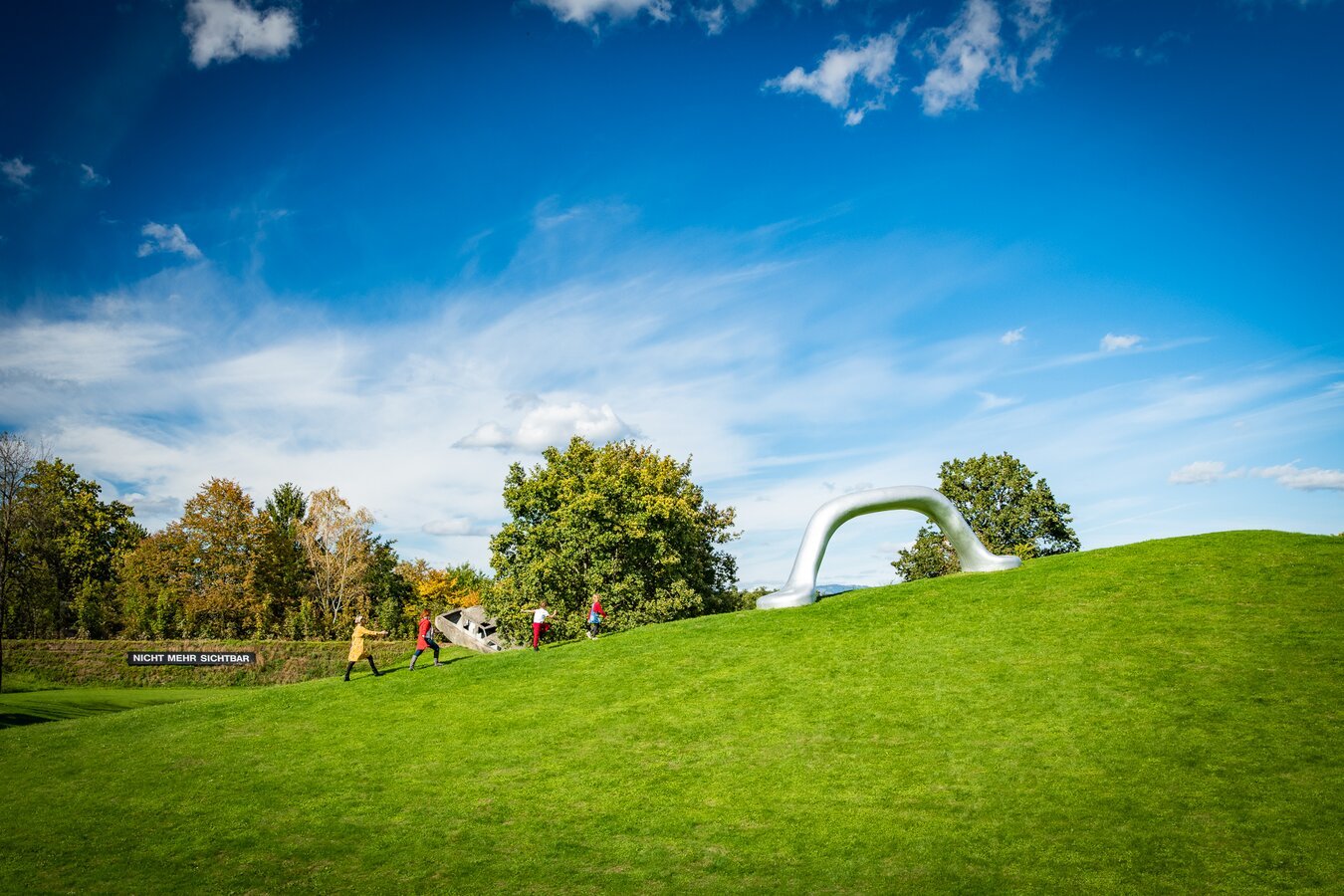
Domaine de Kerguéhennec, in the Bretagne region, was acquired by the Département du Moribihan in 1972. Since then it has been promoting the dialogue between the charming historical buildings here located and contemporary creativity. Its sculpture park opened to the public in 1986, thanks to the French Ministry of Culture. Most of the artworks have been conceived by the artists especially for the site, and it is what makes this sculpture park so special. Giuseppe Penone, Richard Long, Markus Raetz, Ulrich Rückriem, are among the 33 artists here represented.
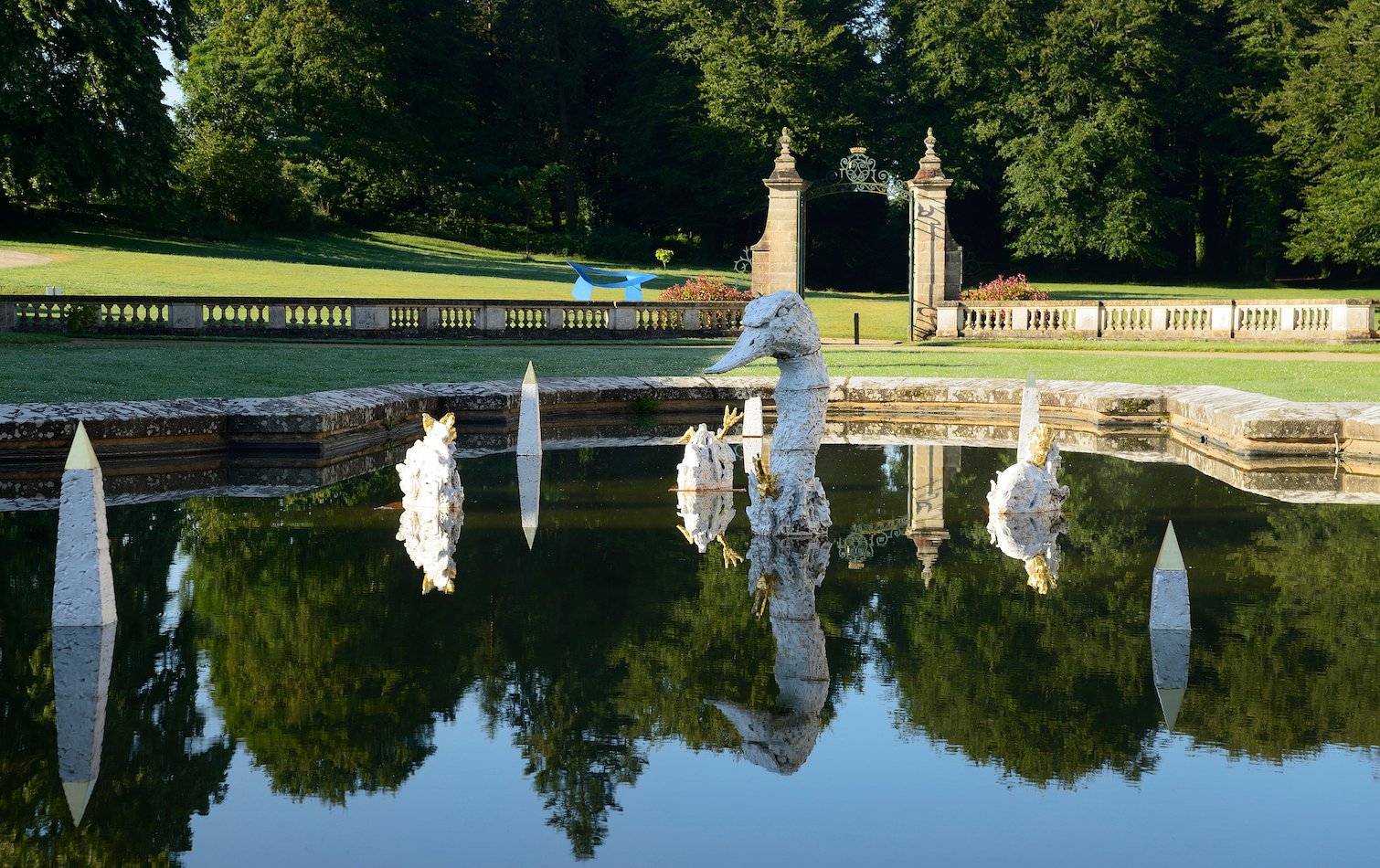
Art Park, in Verzegnis, near Udine, Italy, is a sculpture park hosting 15 pieces from the collection of Egidio Marzona, a former art dealer and publisher, who devoted his passion for art collecting to Minimal Art, Conceptual Art, Land Art and Arte Povera. In 1989 Marzona got interested also in outdoor pieces, but with a puzzling approach. He asked artists to work for that specific place, and develop links with the surroundings. Now the park is always open, for it has no boundaries or welcoming structure. Marzona himself suggests to call it a meadow, instead of sculpture park. Audio guides are available at Osteria Stella d’Oro, a nice restaurant in the area (closed on Monday).
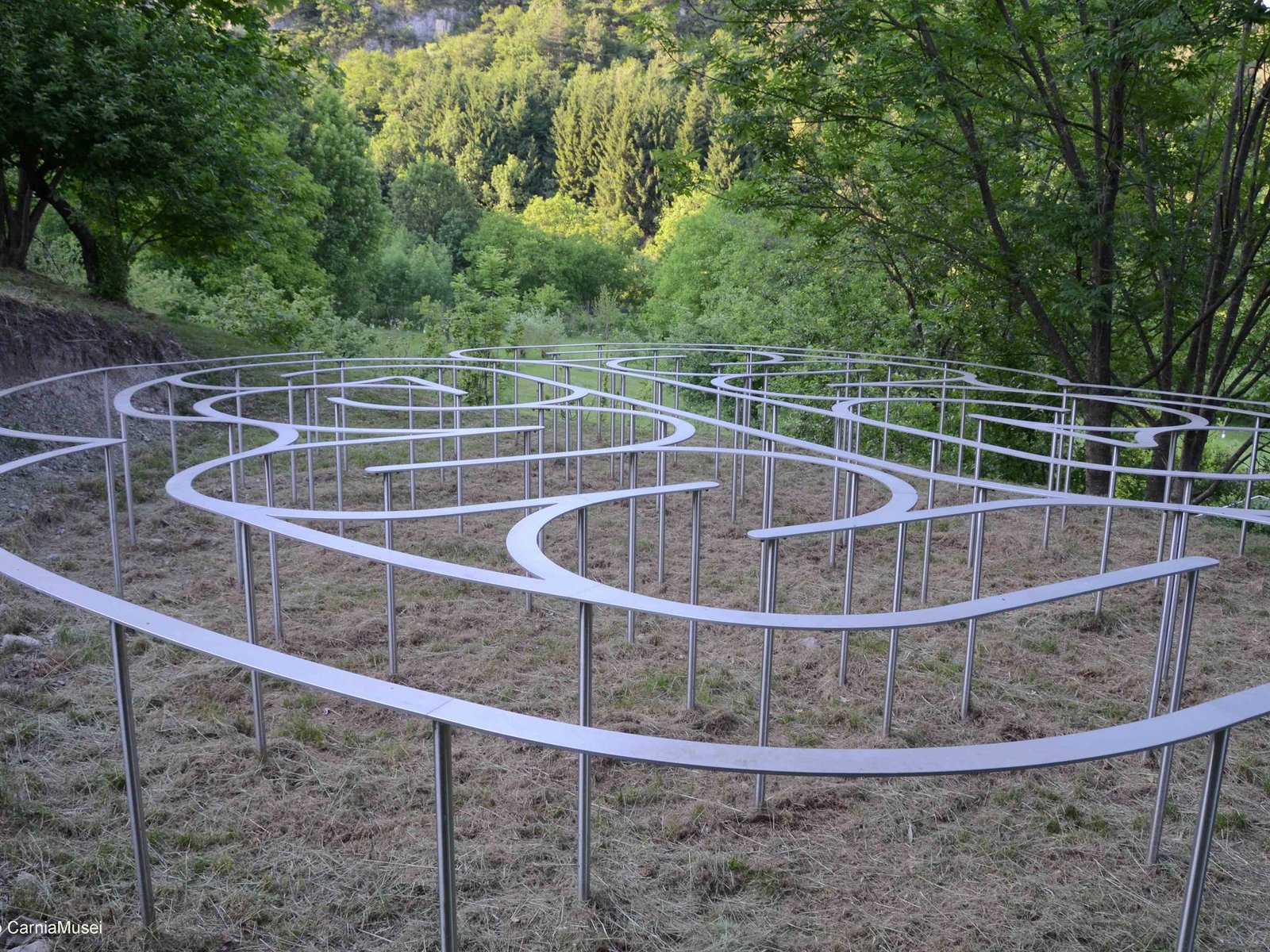
Skulpturenpark-Waldfrieden, Wuppertal, Germany was opened in 2008 by artist Tony Cragg. It houses around three dozen sculptures of both the British artist as well as of other international names like Richard Deacon and Thomas Schütte. The Waldfrieden estate, which includes the Villa destroyed during World War II and re-built by architect Franz Krause, was acquired by Cragg in 2006. The artist redesigned the park ground to welcome the sculptures and restored the buildings on the property by preserving as much as possible the original nature of the place. The sculpture park hosts many cultural events, from concerts to lectures which take place all year through.
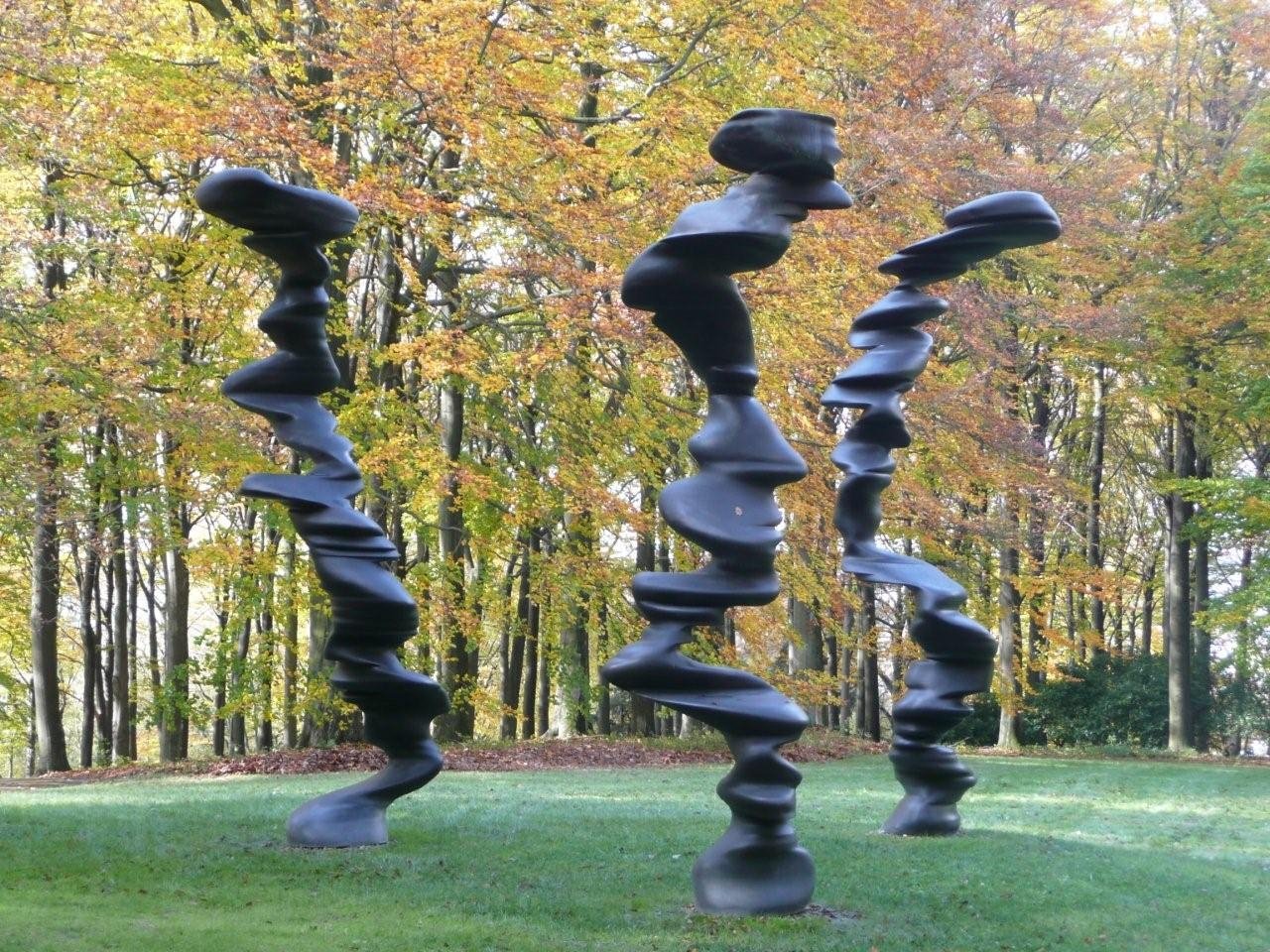
November 9, 2023
